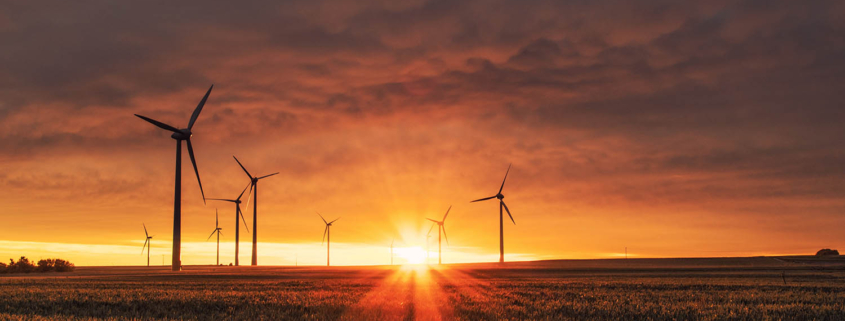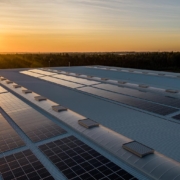Indigenous Engagement with Renewable Energy Projects
There are currently 197 renewable energy projects associated with Indigenous communities in Canada; however, very few are controlled by Indigenous communities. Renewable energy, or clean energy, is energy that is naturally derived and processed from resources like water, wind, and sunlight. This energy is “replenished at a rate that is equal to or faster than the rate” at which the resources are consumed. Indigenous engagement in renewable energy projects is motivated by several factors, including economic development, self-determination, and climate change adaptation.
Renewable energy is recognized as an economic opportunity by, and for, Indigenous Peoples. The Cowessess Renewable Energy Storage Facility is one example of a First Nation-owned renewable energy project that contributes to the economic sustainability of the nation. The facility harnesses energy from both solar power and wind power, and as such, is referred to as a hybrid facility. This project was developed by Cowessess First Nation in 2013, and in partnership with the Saskatchewan Research Council; it provides enough power for 340 homes. SaskPower, the power authority in Saskatchewan, is contracted to buy electricity from the project for 20 years, with profits going to Cowessess First Nation. In addition, the project supports Indigenous businesses and trains and hires members of the First Nation to sustain the project.
In another example, the Pic Mobert First Nation (population 350) owns 50% of the Gitchi Animki Hydroelectric Project located in White River, Ontario. The Pic Mobert First Nation also operates the two generating stations of 18.9-megawatts that were constructed with band members, in partnership with Regional Power Incorporated. The project generates revenue that benefits the community and has been supplying energy to the province of Ontario’s power grid since 2016.
A primary motivator for Indigenous-owned-and-operated renewable energy projects is energy autonomy, a form of self-determination. Also referred to as energy self-sufficiency, energy autonomy, reflects a community’s ability to generate, store, distribute, and sustain an energy system locally, without the need of external intervention. In turn, some Indigenous communities are “participating in renewable energy development as a way to assert their collective rights to land and self determination.” The 20/20 Catalysts Program is one way that Indigenous communities are supported to learn and build knowledge and skills in developing community-based renewable energy projects.
Indigenous-led renewable energy projects and associated infrastructure projects, like energy-efficient housing, can contribute to climate change adaptation efforts. A recent report by the Indigenous Clean Energy (ICE) Network calls for energy efficiency as a catalyst for a future that embraces clean energy as foundational to Indigenous health. Financing the construction of energy efficient homes and the retrofitting of older homes to be energy efficient is proposed by ICE as a crucial component to both climate adaptation and sustainable development, by reducing energy emissions, and by facilitating job creation for Indigenous people.
Fostering reconciliation through renewable energy projects demands free, prior, and informed consent and financing to ensure that more Indigenous communities control their own projects, both during and after the development phase.
By Leela Viswanathan
(Image Credit: Karsten Wurth, Unsplash)



 Getty Images, Unsplash
Getty Images, Unsplash

